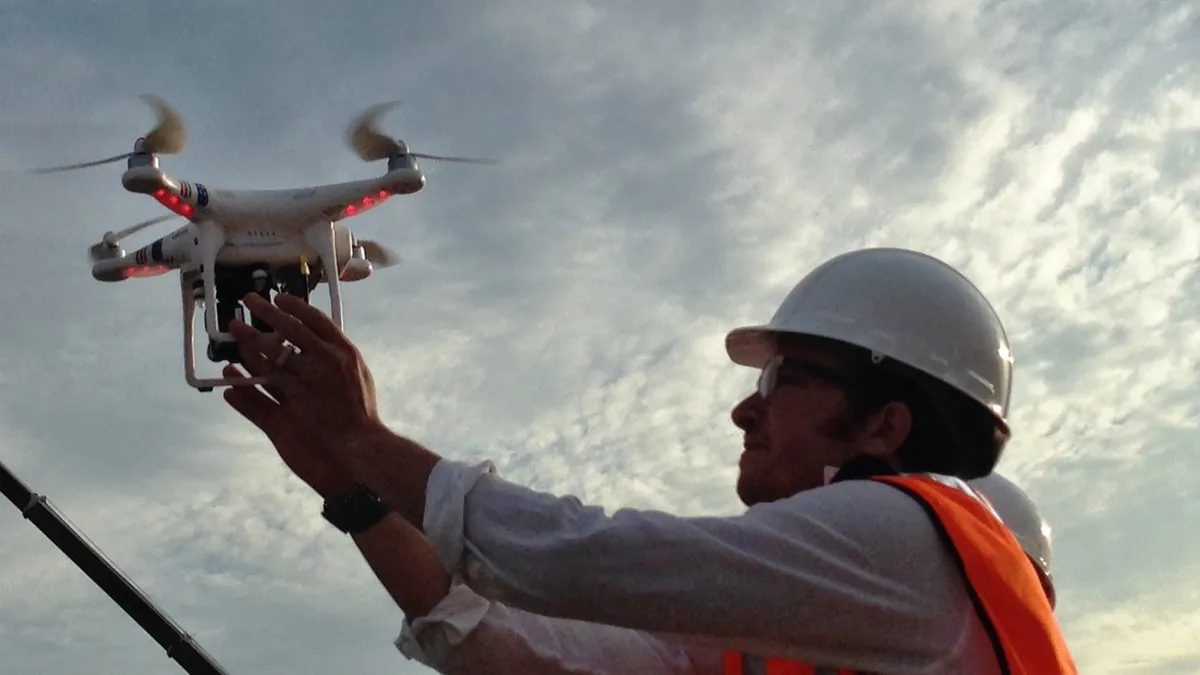Dive Brief:
-
Emergency response efforts following Hurricanes Irma and Harvey will be a watershed moment for drone uptake, according to the AASHTO Journal.
-
After the storms devastated significant portions of Florida and the Gulf Coast, the Federal Aviation Administration took an unprecedented step in accelerating approvals for drones to be used to assess the damage.
-
That action amounted to nearly 270 approvals for local, state and federal agencies combined in the immediate aftermath of the two storms, GCN reported.
Dive Insight:
Adoption of drones continues in AEC, and their use in cases like the recent disaster relief efforts in the U.S. South only stand to encourage further uptake. The FAA itself noted that drones were "invaluable in supporting response and recovery efforts" after the storms.
While hobbyists and the military have been dominant drone users in recent years, the commercial sector is gaining ground and is expected to see the fastest growth of any category in adoption of the technology, The Economist reported. Construction will be a major driver of that activity as the fastest-growing market for commercial drones from 2017 until 2026, according to Inside Unmanned Systems, citing a report from the Teal Group.
However, until last year, mobilizing drones for tasks like inspections and job-site surveillance required use-specific exemptions from the FAA. In August 2016, however, the agency announced formal rules governing drone use, clarifying previously ambiguous policies. Those rules, though still imperfect, have given construction companies a green light for some of their most common drone-driven tasks, such as aerial photography and site scanning, providing they keep operations within the guidelines set by the FAA.
The FAA predicts that more than 400,000 small commercial drones will take to the skies by 2021 — that's up from 42,000 at the end of 2016. How impactful governing agencies view the tech's performance as part of the recovery efforts in Florida and the Gulf Coast to be will have a notable bearing on that figure.
Continued research and development in lab-like settings is another way those developing drone technology are gearing it up for future field use.
The University of Michigan and Virginia Tech are among a handful of institutions building netted enclosures in order to test drone hardware and software in outdoor conditions with limited FAA oversight. Those institutions contend that such testing gives them a more realistic look at how the technology will fare in real-world situations and can help encourage further innovation.











